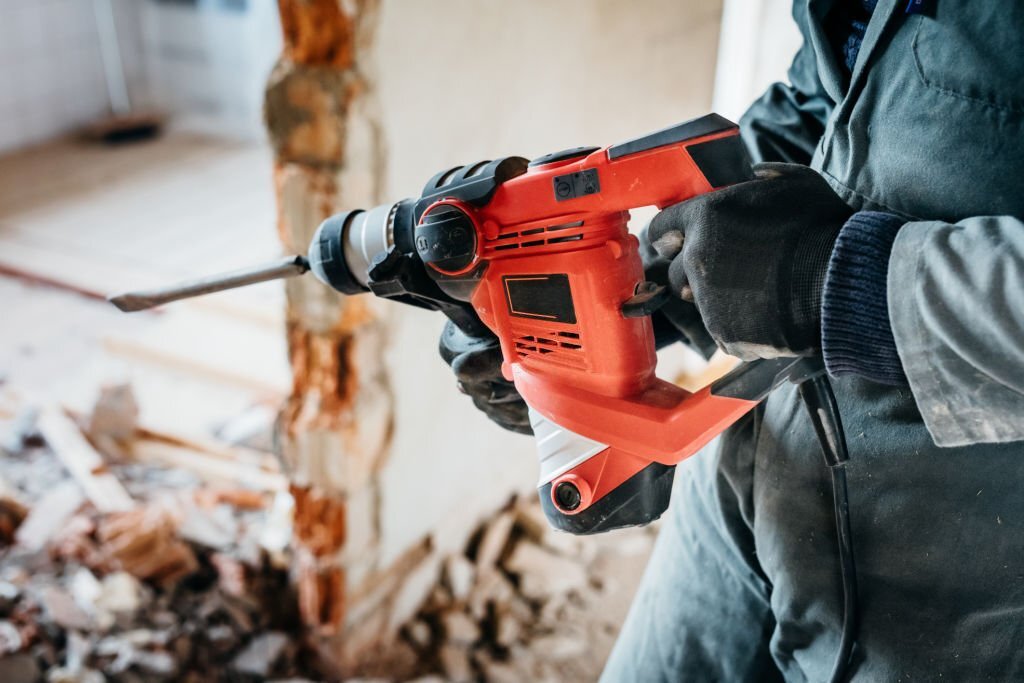
Introduction:
Selective demolition, an integral part of the construction and renovation process, requires precision and meticulous planning to remove specific structures while preserving surrounding elements. Traditional demolition methods often involve time-consuming and labor-intensive approaches that may cause unnecessary damage to adjacent structures. However, the advent of advanced demolition equipment has transformed the industry by offering unmatched versatility and precision in selective demolition projects. In this comprehensive article, we will explore how demolition equipment is effectively utilized for selective demolition, redefining precision, and efficiency in the demolition process.
1. Understanding Selective Demolition:
Selective demolition involves the precise dismantling of specific building components while retaining the integrity of surrounding structures. This approach is common in renovation and adaptive reuse projects, where certain elements, such as facades, floors, or historical elements, need to be preserved or repurposed.
2. Types of Demolition Equipment for Selective Demolition:
a) Demolition Excavators: Demolition excavators equipped with specialized attachments, such as shears, grapples, and pulverizers, are highly versatile in selective demolition tasks. Their ability to maneuver and reach tight spaces ensures efficient dismantling while preserving nearby structures.
b) Robotic Demolition Machines: Robotic demolition machines, operated remotely, are ideal for selective demolition in hazardous or hard-to-reach areas. Their precision and reach enable operators to target specific structures without causing damage to surrounding elements.
c) Hydraulic and Pneumatic Hammers: Hydraulic and pneumatic hammers come with various chisel attachments, making them suitable for selective demolition projects that require controlled and targeted braking.
3. Precision Redefined:
a) Targeted Dismantling: Demolition equipment allows for precise targeting of specific building elements, such as walls, columns, and floors, while leaving adjacent structures intact.
b) Reduced Collateral Damage: The advanced technology and capabilities of demolition equipment minimize collateral damage during selective demolition, reducing the need for extensive repairs after the project is completed.
4. Efficiency and Time Savings:
a) Swift Project Completion: The efficiency of demolition equipment enables faster project completion, reducing overall project timelines and associated costs.
b) Minimized Labor Requirements: Selective demolition with equipment requires fewer laborers compared to manual methods, optimizing resource allocation.
5. Safety Considerations:
b) Structural Assessment: Thoroughly assess the structural integrity of the building and surrounding elements to determine the best approach for selective demolition.
c) Personal Protective Equipment (PPE): Provide all workers with appropriate PPE, including helmets, gloves, safety glasses, and respiratory protection, to minimize potential hazards.
6. Applications of Demolition Equipment in Selective Demolition:
a) Historical Building Restoration: In historical building restoration projects, demolition equipment assists in carefully removing non-original elements while preserving the building’s historical integrity.
b) Interior Renovation: For interior renovation projects, demolition equipment selectively removes walls, flooring, and fixtures to accommodate new design elements.
c) Structural Modifications: Selective demolition is common in projects where structural modifications are required to accommodate new building components or changes in usage.
7. Sustainable Demolition Practices:
a) Waste Management and Recycling: Demolition equipment aids in efficient waste management and material recycling, reducing environmental impact and promoting sustainable practices.
b) Reuse of Salvaged Materials: Salvaged materials from selective demolition can be repurposed or reused in construction, contributing to resource conservation.
Conclusion:
Demolition equipment has evolved beyond mere wrecking tools, proving to be incredibly versatile in selective demolition projects. The precision, efficiency, and reduced collateral damage offered by demolition equipment make it an indispensable asset in the construction and renovation industry. As technology continues to advance, we can expect even more innovative solutions in demolition equipment, further revolutionizing the concept of selective demolition and contributing to sustainable and efficient construction practices. Embracing these advancements will pave the way for a future where precision and environmental consciousness go hand in hand, redefining the way we approach demolition and construction projects.

